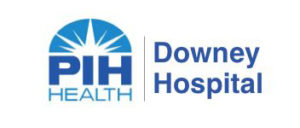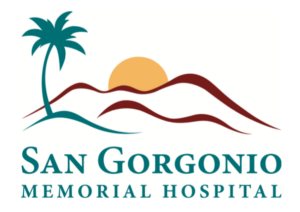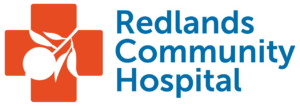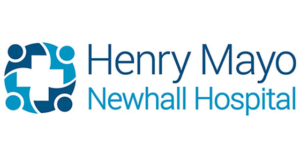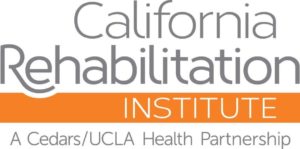My Specialty
Trauma Nursing, Gilda Cruz-Manglapus, Henry Mayo Newhall Hospital
Responding to severe injury and community crisis
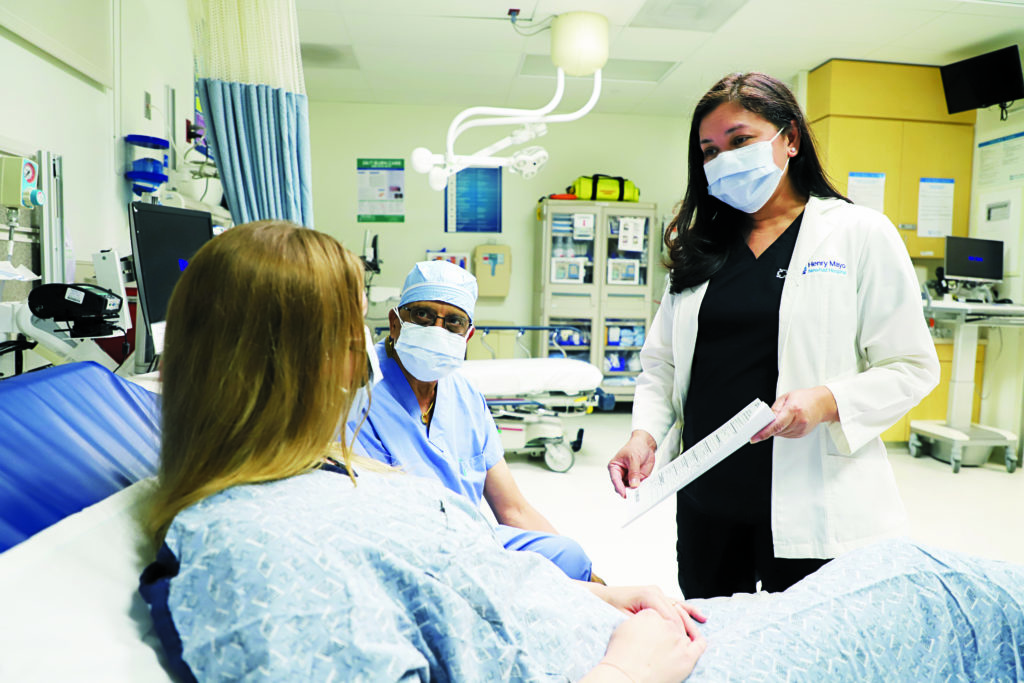
Gilda Cruz-Manglapus RN, MSN, PHN, TCRN
Trauma Program Manager
Henry Mayo Newhall Hospital, Valencia
Please share the story of your nursing career.
I’ve been a nurse for 22 years. I started out working in a nursing home in Chicago and then moved to California and found a position at Henry Mayo Newhall Hospital. I earned my BSN and MSN while employed here.
I’ve served in a number of roles in different units at Henry Mayo: med-surg/telemetry, ICU, post-anesthesia care unit (PACU), quality department, and a brief stint doing home health nursing. I took my current position as trauma program manager in 2009.
What appeals to you about trauma nursing?
Trauma nursing sees patients through what could be the very scariest moment of their lives, whether it’s a car accident, a stabbing, a shooting or a skateboard accident.
Getting to watch patients move through the healing journey towards eventually going home, recovering from their injuries (to the extent that’s possible) and resuming their lives is incredibly gratifying and fulfilling.
In May 2009, about a month after I became interim trauma program manager, we underwent a verification survey by the American College of Surgeons Committee on Trauma. It went very well, and it was a total immersion that basically forced me to learn everything I needed to know about the trauma program in one month. It was eye-opening and paved the way for me to decide that this was what I truly wanted.
Tell us about Henry Mayo’s trauma services and what makes it a unique facility.
Henry Mayo is part of the L.A. County Trauma System, which includes 15 trauma centers throughout the county — one of the biggest trauma systems in the U.S. Henry Mayo is the only hospital in the Santa Clarita Valley, and extends its services to the counties of Ventura to the west and Kern to the north.
We’re designated as Level II, with a volume of approximately 1,000 patients per year. (A Level I trauma center needs to be affiliated with a teaching hospital, and we’re not an academic medical center.) Trauma centers are required to have the resources to provide the care for which we’re designated.
We have a trauma surgeon on site 24/7, and an OR available within 15 minutes around the clock. Specialty services such as neurosurgery and orthopedic surgery are readily available. We’re very proud of our patient outcomes.



